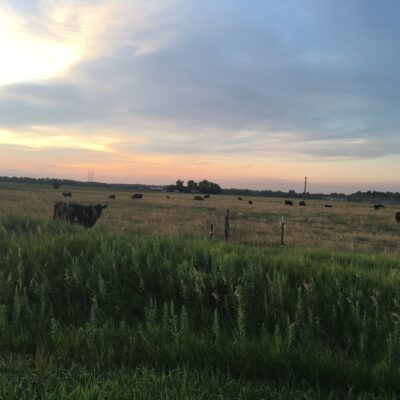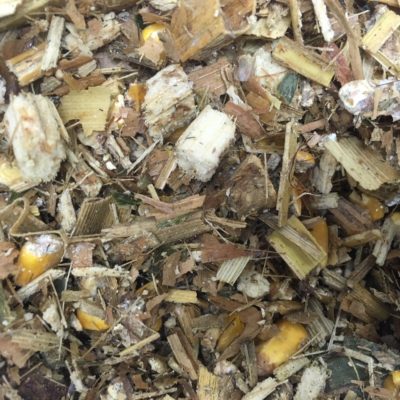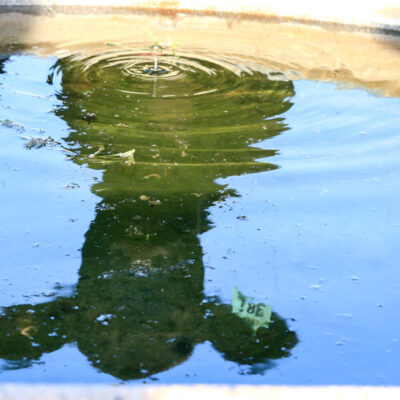Even before the ‘bomb cyclone’ hit, it was a heartbreaking spring for livestock producers. I was receiving phone calls of late term abortions and lost calves and cows due to poor nutrition. Before these historic floods, Nebraska and surrounding states were already enduring unusually low temperatures and heavy snow fall. Producers were struggling with guidelines to feed excess energy during these conditions as stored winter feed sources were dwindling. Cattlemen in the Midwest were ready for some relief, to move their cattle to spring pastures.
Then, Wednesday March 13th, producers hustled to move their cattle to higher ground and get hogs in higher facilities, “Just in Case”. It began to rain on top of accumulated snow. The rain turned into snow and high wind speeds. The blizzard and resulting flood devastated farmers and ranchers across the Midwest. Infrastructure was destroyed. Roadways and rail tracks are underwater. Levees were breached and Dams were broken. Stored hay and other feed sources were washed away. Out buildings were flooded and damaged. Gigantic ice chunks settled in fields and pastures.
Perhaps the most devastating result of the flood was livestock drown, and were swept away by the powerful surge of swift waters. Some producers cattle lost more than 30 calves with death losses still adding up. Hog producers lost hundreds of animals, unable to move them from barns in time. Many producers barely escaped with their own lives as they tried to save their animals. It is estimated that this extreme weather and flooding will cost the agriculture industry in the state of Nebraska 1 billion dollars.
Now, at Ward Laboratories, INC. we are receiving a high influx of water samples as people check wells to ensure safe drinking water for themselves and their livestock. Producers scrambled to find an alternative feed source. Some of those producers are experiencing continued losses and bringing feed samples to check nitrates or mineral content of this emergency feed source. As calving season is still at it’s peak, many producers still struggle to provide livestock with a safe, dry area to birth young. The land is still flooded, and where there is not water, there is water logged ground and mud. Animals are stressed from the weather and current conditions.
Moving forward cattle producers in Nebraska, Iowa, and South Dakota face many challenges. The first being to get through this calving season. Some producers have been cut off from animals. Access to provide feed to those animals is first priority. Moving pregnant cattle to safe, dry areas is a challenge as well. With hay and other feed sources having been swept away, damaged or even just sitting underwater, finding feed can be another challenge. With many fields being underwater or under boulder like ice chunks, spring planting will be delayed. Once farmers do get seeds in the ground, waterlogged fields will likely present issues such as rot, plant diseases, mold and failed crops. These producers are passionate about stewardship of the land and the animals they raise. They have taken a devastating blow and the future of their livelihood remains in the balance.
In the wake of this heartbreaking spring for livestock producers, we pray for those who have experienced these losses and who are still struggling with the magnitude of the recovery process ahead.
The University of Nebraska-Lincoln provides a resource for recovering from the aftermath of a flood. For those of us not hit the hardest by the tragedy that goes along with extreme weather conditions, here are some links to help:
Nebraska Cattlemen Disaster Relief Fund
Kearney Area Community Foundation




